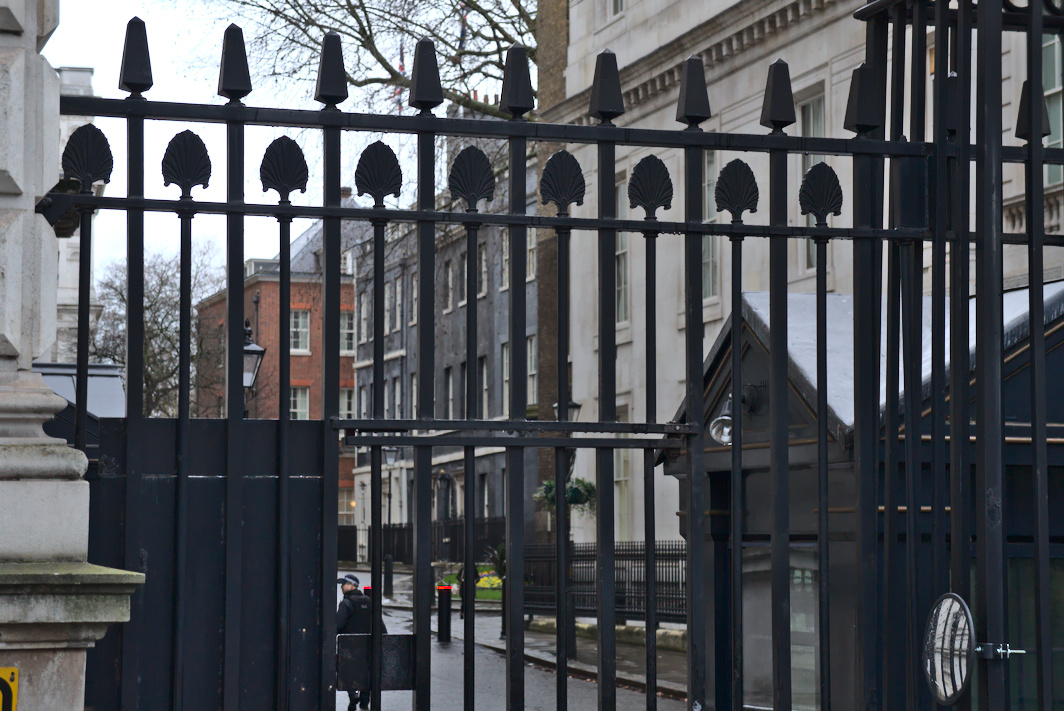Downing Street is a street adjacent to Whitehall. It is completely fenced off as it is only used by the Prime Minister, Government's Chief Whip and the Chief Mouser (a cat). Originally three houses, Number 10 was offered to Sir Robert Walpole by King George II in 1732. Walpole accepted on the condition that the gift was to the office of First Lord of the Treasury rather than to him personally. The post of First Lord of the Treasury has, for much of the 18th and 19th centuries and invariably since 1905, been held by the prime minister. 11 Downing Street is additionally the official residence of Britain's Chancellor of the Exchequer (who traditionally also has the title of Second Lord of the Treasury). The residence, in Downing Street in London, was built alongside the official residence of the Prime Minister at Number 10 in 1682. From 2016, Prime Ministers Theresa May and Boris Johnson moved from 10 Downing Street to 11, as its residential apartment is much larger. However, technically the Prime Minister's home is classed as number 10. Following the 2010 general election, the incoming prime minister, David Cameron, moved into 11, instead of 10 Downing Street, because George Osborne chose to remain in his Notting Hill home. In early August 2011, Osborne moved into Number 10. 12 Downing Street has been traditionally used as the office of the Chief Whip although the upper floor forms part of the residential apartment for the Prime Minister of the United Kingdom, the residency of the Chief Whips at 12 Downing Street ended in 2001, when Press Secretary Alastair Campbell was moved there from an office in 10 Downing Street. The Whips were moved to 9 Downing Street. Phew, the topic of the occupancy of the Downing Street building is more interesting than the refurbishments of the White House. (previous | next | back to album | 2020:02:10 16:21:22 | 98% of an album)
